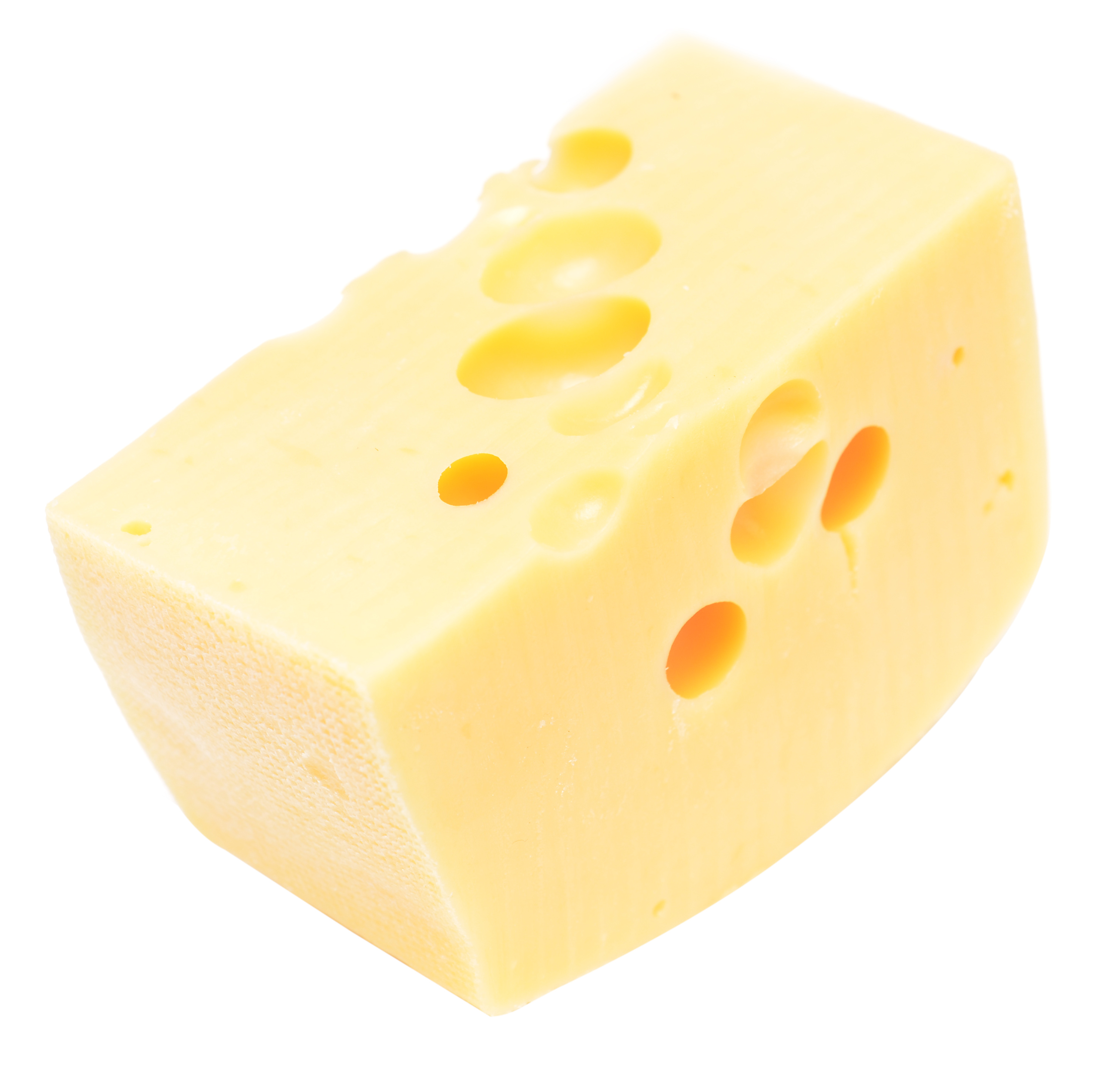Moving away from salty cheese
The salt content of the classical Danish cheese Danbo can be reduced by more than 25 percent without no adverse effect on the cheese’s taste or texture. This recent research finding may help the cheese obtain the official Danish health quality stamp “Nøglehulsmærket”.

People in the western world eat approximately twice as much salt as recommended. This poses a health problem as it may increase the risk of high blood pressure and cardiovascular disease.
The primary sources of salt for Danes are bread, meat products, convenience foods and cheese. Recent research shows that it is possible to reduce the salt content of cheese with no adverse effects on cheese qualities.
The results come from a recently completed project in which researchers from Aarhus University collaborated with partners from the industry and colleagues from the University of Copenhagen on investigating, how reducing the salt content in Danbo cheese can affect its quality.
- We visited several Danish dairies, where we produced and analysed the classical Danish Danbo cheese and we can ascertain that we can reduce the salt content by 25 percent and still have the desired taste and texture. This means that these cheeses can be marked with the Danish healthy food label ”Nøglehulsmærket” because they fulfill the requirements for salt content in foods, explains the project leader Associate Professor Marianne Hammershøj from the Department of Food Science, Aarhus University.
Rennet from camel stomachs counteracts the effect
Danbo cheeses get salty because they are put in brine for typically 24 hours. This is important for the cheese’s taste and texture, i.e. how firm the cheese is, and its microbiology.
Read the article Cheese is surprisingly healthy
To counteract the effect of a shorter brining period and maintain a good cheese quality, the results from the project show that there are other factors that can be adjusted.
- The starter culture is very important, i.e. the lactic acid bacteria that lower the pH-value in the cheese and produces flavor components during the cheese maturation. However, the type of rennet that is used to coagulate the milk is also quite important. The common method is to use rennet from calf stomachs, but we observed that rennet from camel stomachs actually worked better in this type of cheese. Camel rennet is more efficient and we obtain more firm cheeses, says Marianne Hammershøj.
Consumers want to eat cheese with less salt
One thing is what technology can achieve. Another thing is how consumers feel about eating cheese with less salt. To investigate this, the researchers used a trained taste panel in addition to 127 Danish consumers.
- It appears that consumers liked the cheese with less salt, especially when camel rennet was used to produce it. It actually looks like they tired less easily of this cheese over time compared to the traditional version of the cheese, says Marianne Hammershøj and continues:
- All in all, the results of the project show that we can give the dairies recommendations on how to reduce the salt content in cheese, while still maintaining the cheese’s quality.
Additional information:
The partners in the project "Et Gran Salt" (A Pinch of Salt) are the Department of Food Science at Aarhus University, Department of Food Science at University of Copenhagen, the dairy Thise Mejeri, Arla Foods, Chr. Hansen and Norwich Research Park in UK.
The total budget of the project is 10.7 million DKK. It has received grants from Mejeribrugets ForskningsFond, Arla Foods and the Future Food Innovation consortium in the Central Denmark Regions.
Read more about milk quality on DCA’s theme page about milk.
Research in the production of salt-reduced cheese is closely connected to two of the Department of Food Science’s positions of strength: Ingredients and Food & Health, in which the department has special expertise and carries out research at a high international level.
Contact
Associate Professor Marianne Hammershøj
Department of Food Science
Telephone: +45 8715 7974
